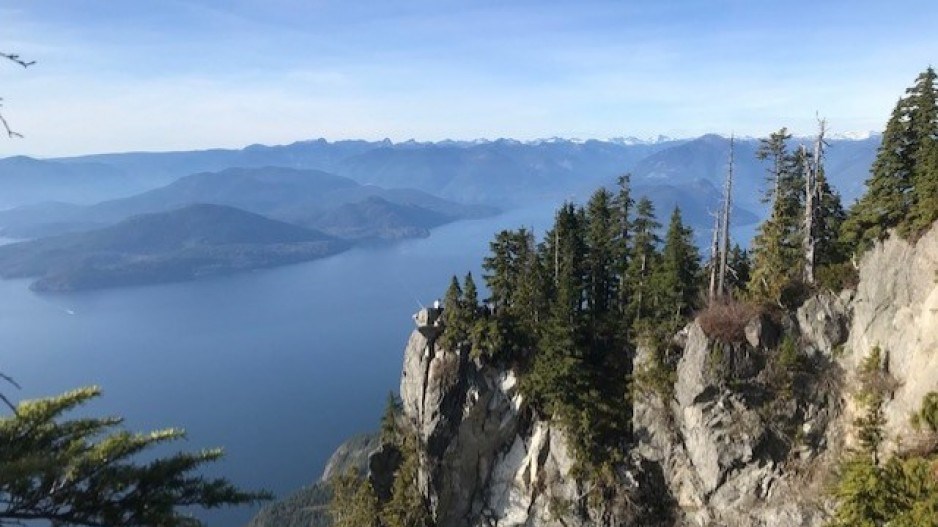Twenty years ago, Howe Sound was still sick from decades of pollution from pulp mills and the Britannia copper mine, which shut down in 1974, over-fishing of certain species, and the general pressures of urban development.
Today, the sound is lot healthier. After a long absence, various species of whales can be seen in the sound and herring – also absent for many years – have begun spawning again in the sound.
“There’s a lot more big cetaceans being seen back in the sound,” said Aroha Miller, manager of Oceanwatch, which is part of the Ocean Wise Conservation Association.
“So killer whales are being seen in the sound much more often. And because killer whales are top-level predators in the food chain, when you start seeing them, you know that the levels below them are beginning to heal and repair themselves.”
The sound’s rejuvenation is detailed in a new 386-page report on the status of the sound by Ocean Wise.
“We are seeing improvements,” Miller said. “Things such as the reduction in contamination from some of those industries has been a huge help. We’re seeing improvements because of the increase in the number of certain species that are…being observed again and being observed in fairly good numbers.
“Climate change is, however, something we need to not just keep our eyes on but begin to really work hard towards tackling.”
The most significant impacts on Howe Sound have been from industry. After the Britannia copper mine shut down in 1974, acidic water from acid rock drainage continued to pollute the sound. The BC government spent roughly $30 million to address the problem, including the construction of a treatment plant.
The government also changed regulations to force the one pulp mill still operating in the sound (one other shut down) to change its bleaching process.
“The bleaching process as it was previously created a lot of dioxins and furans, which are harmful to the marine environment,” Miller said.
The sound’s rejuvenation has really been a community effort involving all levels of government, the Squamish First Nation, NGOs and community groups like the Howe Sound Community Forum, Miller said.
"The communities getting behind this report has been what's driven the big successes," Miller said. "Anybody can write a report, but if the communities don't pick it up and work with it, it doesn't go anywhere."
A number of conservation zones were established in the sound to protect rock fish, refugia were created to protect glass sponge reefs, eelgrass beds have been restored and bird sanctuaries expanded.
One positive sign of health is that herring are now spawning again in the sound.
“They hadn’t been seen in very big numbers for a long time,” Miller said.




